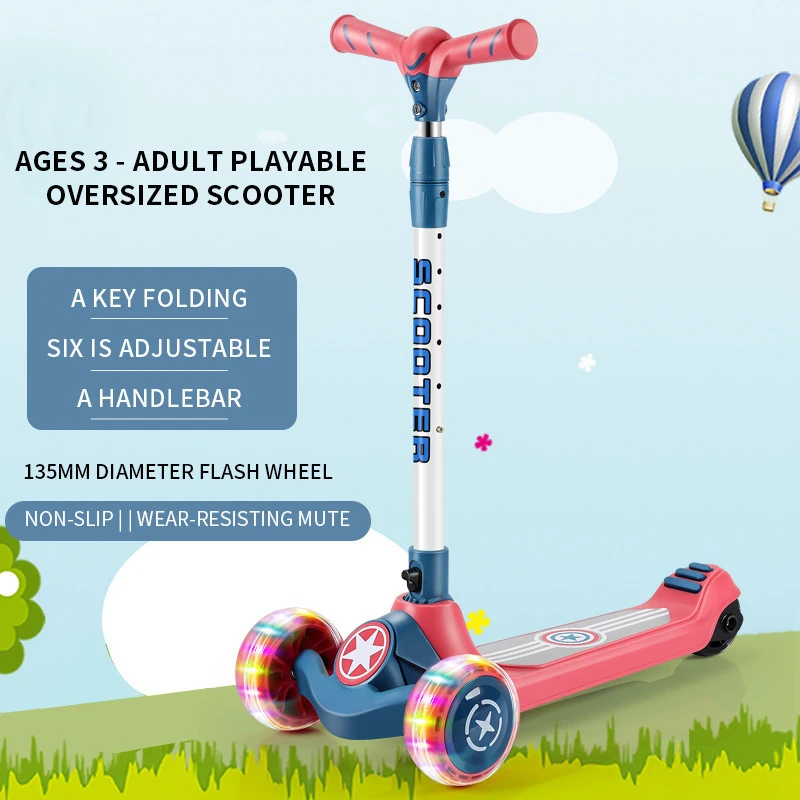when can baby use balance bike
When Can a Baby Use a Balance Bike?
Balance bikes have gained significant popularity among parents looking to introduce their children to the joys of cycling. But the big question remains when is the right time for a baby to start using a balance bike? This article will delve into the appropriate age, developmental milestones, and tips for introducing your child to a balance bike.
Understanding Balance Bikes
A balance bike is a two-wheeled, pedal-less bike designed for young children. It allows them to develop their balance and coordination skills before transitioning to a traditional bicycle. Unlike tricycles, balance bikes encourage children to use their feet to push off the ground, making it easier for them to learn how to balance without the added complexity of pedaling.
Age Considerations
Generally, children can start using a balance bike as early as 18 months to 2 years old. At this age, most toddlers have developed the necessary motor skills to straddle the bike and push themselves along using their feet. However, every child is different, and readiness may vary based on their individual development.
When choosing a balance bike, consider the child’s height and weight to ensure safety and comfort. Many balance bikes are adjustable, allowing you to set the seat height appropriately as your child grows.
Developmental Milestones
Before introducing a balance bike, it is essential to observe your child’s developmental milestones
. Key factors include1. Walking Skills Children should be confident walkers. Mastery of walking typically occurs around 12 months, but by 18 months, most toddlers have developed better balance and coordination.
2. Motor Skills Your toddler should have developed sufficient motor skills to get on and off the bike independently. They should also be able to steer and control their body movements.
when can baby use balance bike

3. Interest Level If your child shows an interest in riding toys or bikes, it's a good indication that they may be ready to start using a balance bike. Encouraging this interest is crucial to their overall enjoyment of the sport.
Introducing the Balance Bike
Once you’ve determined that your child is ready, it’s essential to introduce the balance bike in a fun and supportive way
1. Choose the Right Environment Start in a safe, open space free from obstacles. Parks or quiet streets are ideal locations where your child can practice without fear of traffic or hazards.
2. Safety Gear Always equip your child with appropriate safety gear, including a well-fitted helmet, knee and elbow pads. This will help protect them as they learn.
3. Follow Their Lead Allow your child to explore the bike at their own pace. Encourage them to walk alongside the bike, then gradually move to sitting and pushing off with their feet. Avoid putting too much pressure on them to ride; let the learning process be enjoyable.
4. Practice Balance Techniques As your child becomes more comfortable, encourage them to lift their feet off the ground and glide for short distances. Celebrate their achievements to boost their confidence.
5. Transition to a Regular Bike Once your child masters the balance bike, transitioning to a traditional bicycle with pedals will be more manageable. Typically, children can make this transition around the age of 3 to 5 years, depending on their confidence level and balance skills.
Conclusion
A balance bike is a fantastic tool for helping young children develop their biking skills. By observing their developmental milestones, providing a supportive environment, and allowing them to lead the way, your child can enjoy the ride and gain valuable confidence on two wheels. So, when can a baby use a balance bike? Keep an eye on their physical readiness and enthusiastic spirit, and you’ll know when the time is right!
-
kids-scooter-tiny-olympic-games-scooterathlonNewsAug.22,2025
-
kids-scooter-waves-xingtai-zhongzhous-global-rippleNewsAug.22,2025
-
baby-tricycle-oem-legacy-zhongzhou-forgedNewsAug.22,2025
-
xingtais-twin-tricycle-revolution-siblings-ride-togetherNewsAug.22,2025
-
baby-tricycle-design-inspired-by-ancient-armorNewsAug.22,2025
-
nfc-chip-enabled-oem-baby-tricycle-trackingNewsAug.22,2025
-
The Perfect Baby TricycleNewsAug.11,2025








